[iPhone]
 The Most Powerful Tequila App Ever Created for the iPhone: Tequila Matchmaker
The Most Powerful Tequila App Ever Created for the iPhone: Tequila Matchmaker
[/iPhone]
[android]
 The Most Powerful Tequila App Ever Created for Android: Tequila Matchmaker
The Most Powerful Tequila App Ever Created for Android: Tequila Matchmaker
[/android]
Tequila has changed a lot since the early days. Most producers have switched from time consuming, old-school methods to high-efficiency production. But has this trend helped or harmed the overall quality of tequila?
We decided to find out in the most honest way possible — a blind taste test. We wanted to know which method produced the most enjoyable tequila: the use of a traditional brick oven, the super modern diffuser machine, or somewhere in between? First, here’s a review of the production methods used to convert the starches (or, more accurately, “inulin”) in an agave into fermentable sugars:
Old School Method: Stone/Brick Oven
In a traditional brick oven, the process of steam cooking can take a long time — usually around 36 hours — and then another day or so longer for the agaves to cool down. But it is still done by some because it caramelizes the sugars in a way that has a desirable affect on the flavor.
More Efficient: Autoclave
These are giant steel tubes that can cook agaves under intense steam pressure in about 8 hours. They can cook more agaves at a time, too.
Super Modern: The Diffuser
The diffuser is a machine about the size of a basketball court that inverses the traditional tequila-making processes in the name of efficiency. Instead of cooking first, and then separating the sugars from the fibers, a diffuser extracts the starches (inulin) first, using blasts of high-pressure water as agaves pass by on a conveyer belt. The cooking process happens later, if at all.
In some cases there is no cooking at all, and the agaves are soaked in a bath of hydrochloric acid, which chemically converts the inulin into sugars instead of using heat. This is the way that most agave nectars are made.
Instead of using acid, some diffuser-made products use high pressure vertical autoclaves to cook/boil the slurry coming out of the diffuser, which is then converted into sugars.
Using a diffuser is the fastest and cheapest way to produce tequila. Most of the big tequila brands have switched to this method because, well, it looks great on the bottom line.

We chose 2 tequilas to represent each method and gave blind samples to 32 members of the Tequila Matchmaker tasting panel. All samples were produced in the Tequila Valley region of Jalisco.
1 – Purasangre Blanco (Modified autoclave*)
2 – Tres Generaciones Plata (Diffuser)
3 – Siembra Valles Blanco (Stone/Brick Oven)
4 – Casa Dragones Blanco (Diffuser)
5 – Fortaleza Blanco (Stone/Brick Oven)
6 – Partida Blanco (Autoclave)
*Technically Purasangre is made in an autoclave, but it’s an autoclave with the atmospheric pressure turned all the way down so that it’s basically an oven. (Thanks to Travis Baker for supplying this technical detail!)
The Results

So, which production method produced the highest blind tasting scores? Here’s a quick breakdown, based on the results of this blind tasting:
- Diffuser-made products are less complex than traditionally-made tequilas. They tend to produce a very neutral end product, and therefore often require the use of additives to try to make it taste like tequila.
- Diffuser-made products can often be identified by the presence of “medicinal,” “chemical,” “fake fruit,” or “candy-like” aromas and flavors, usually derived from the use of additives
- The traditionally-made tequilas in our lineup contained more of the cooked agave aromas and flavors that tequila aficionados are looking for
- The more traditional the process, the higher the scores were
- Diffuser-made tequilas saw the lowest overall scores in flavor, followed by aroma
- When tasted blind, people are less likely to recommend diffuser-made products to others
- You cannot use the price of a tequila to accurately judge its quality
- Use the Tequila Matchmaker app to help identify a diffuser-made product before you buy or drink it
Watch the video (above) for more in-depth information.
If you are interested in joining our Tasting Panel and participating in tequila experiments like this, you can get started by installing the Tequila Matchmaker app!
If you want to dig deeper into the world of diffuser-made tequila, you can start with these eye-opening resources:
There May Be Too Much Agave in Your Tequila or Mezcal
A Lesson on Tequila Production by Bill Norris


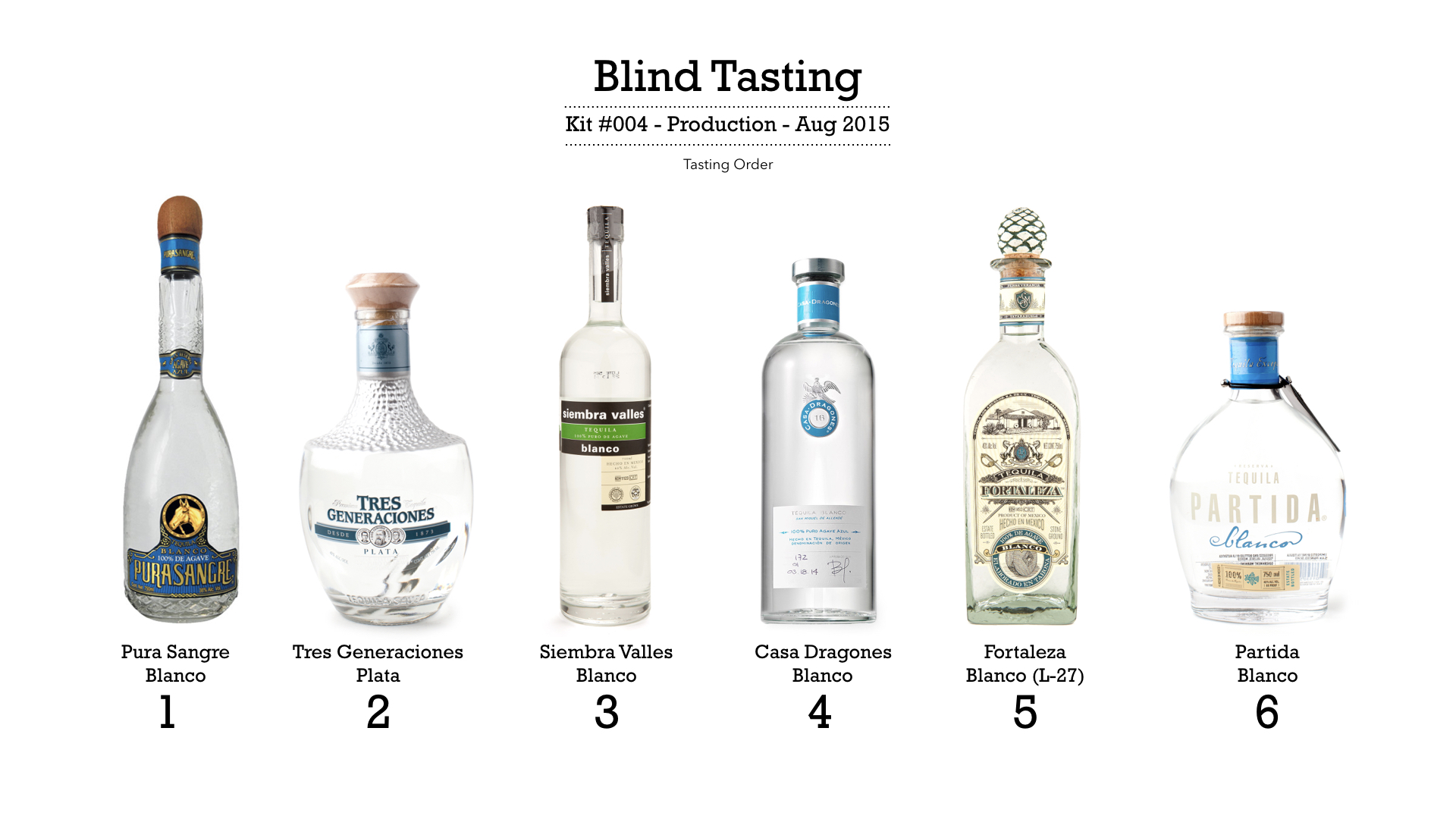
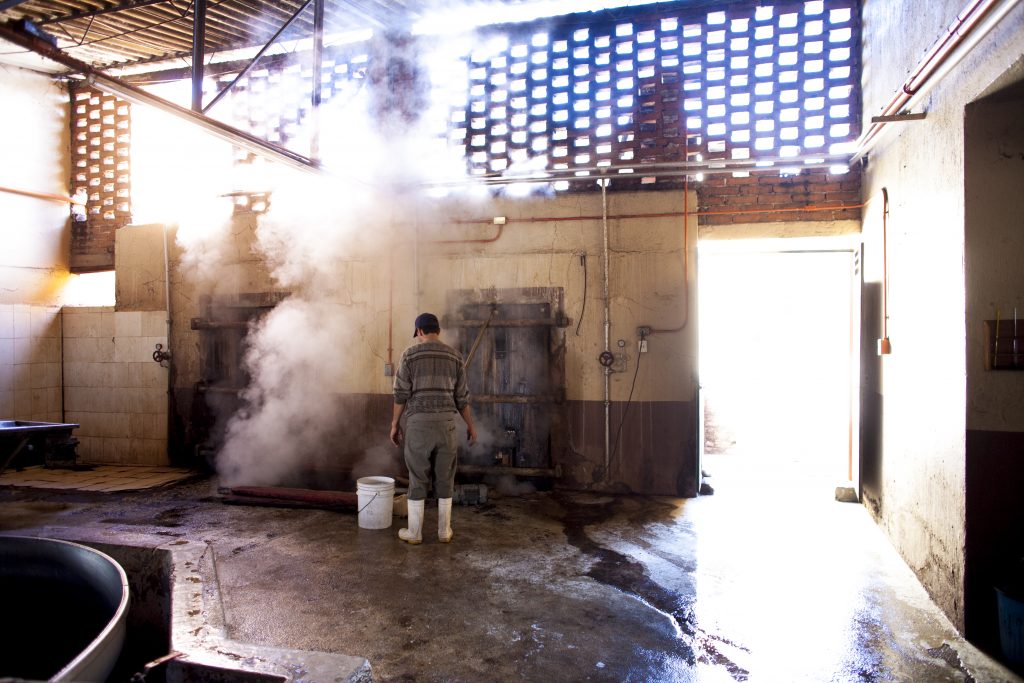
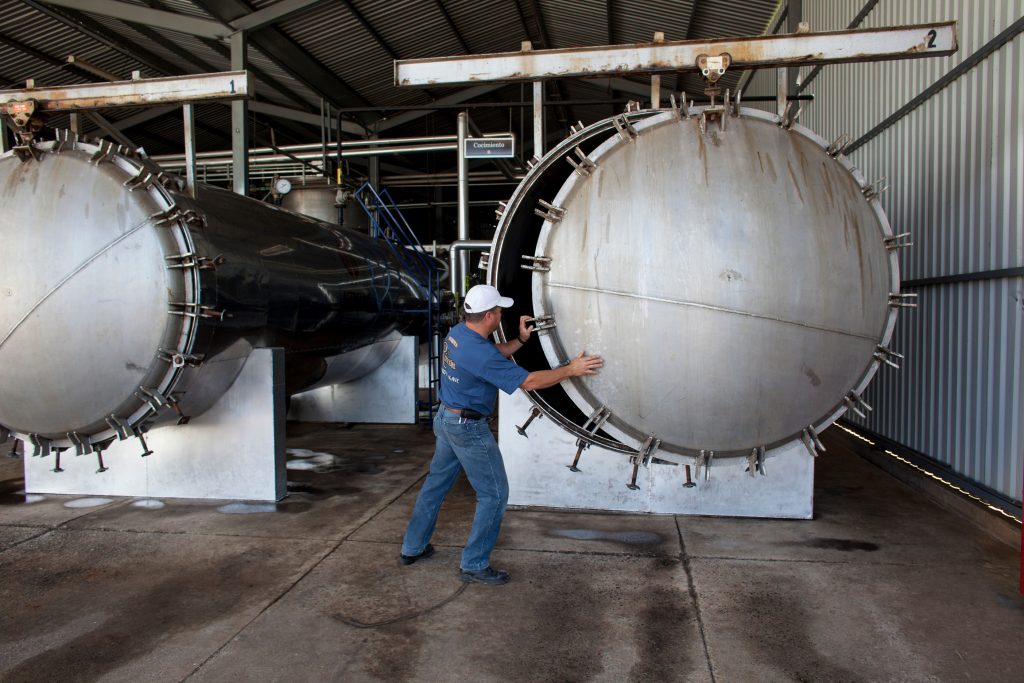
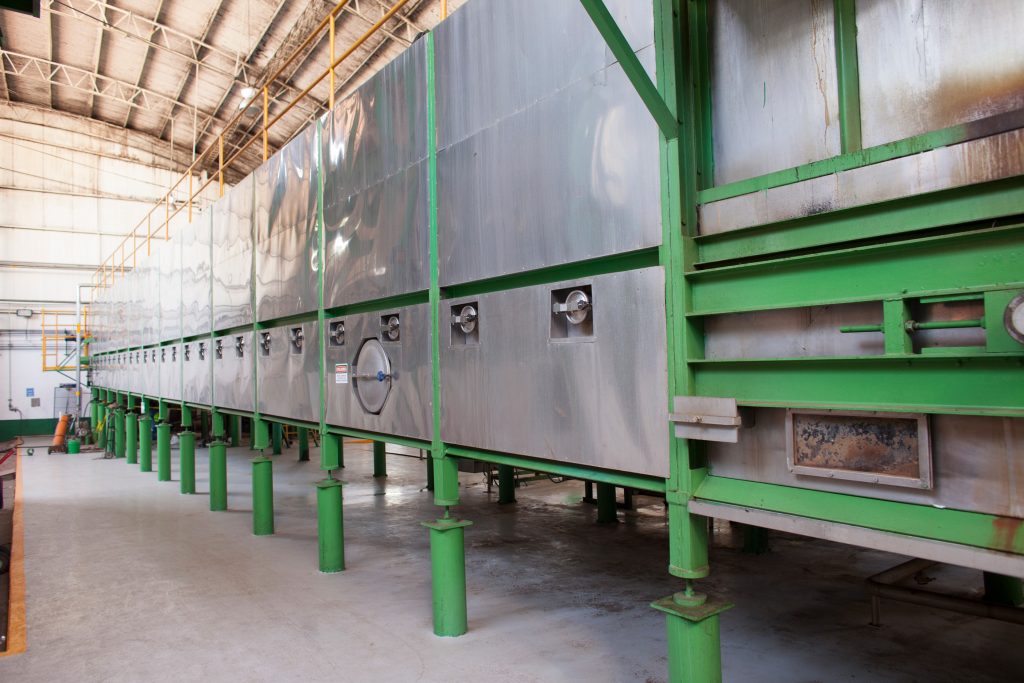
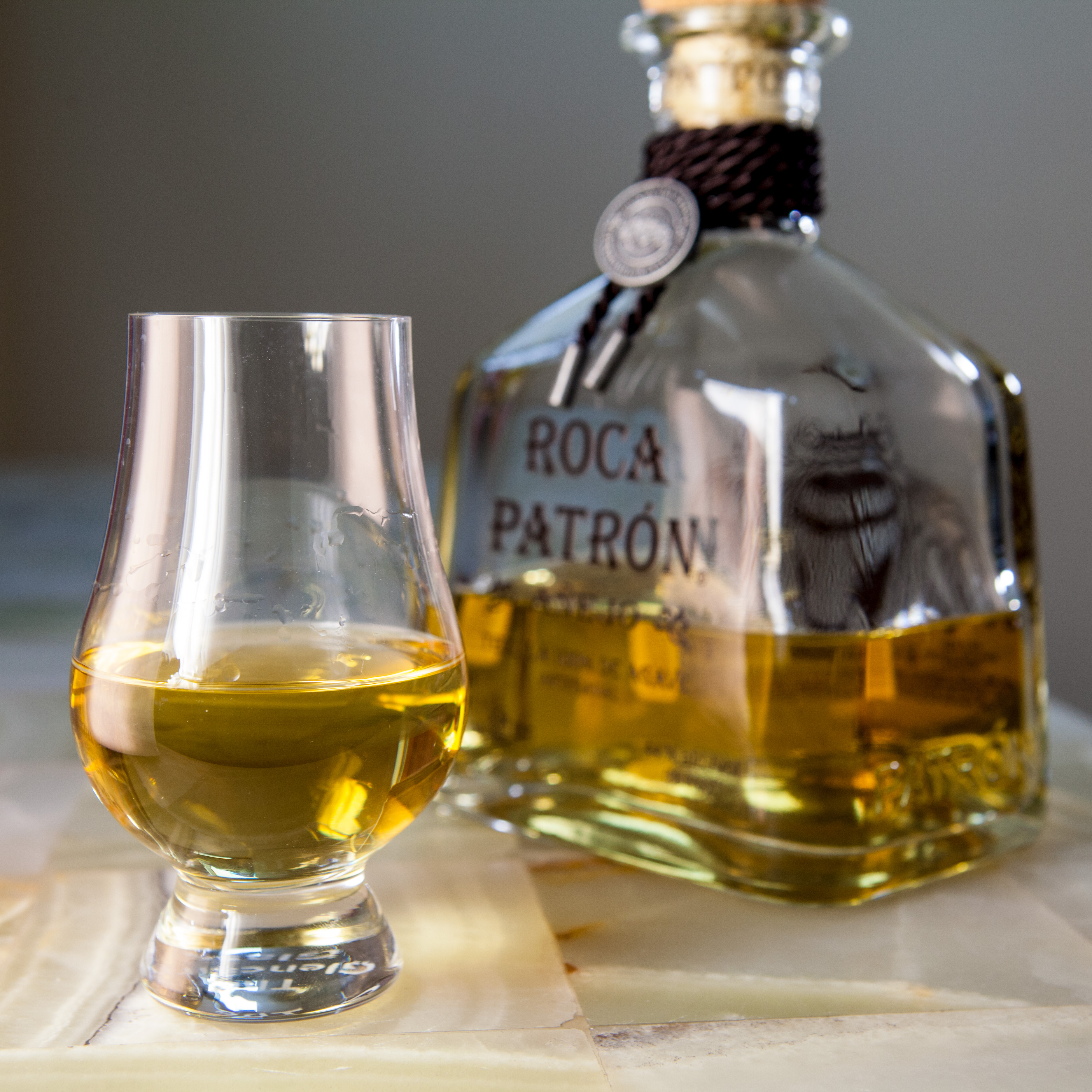
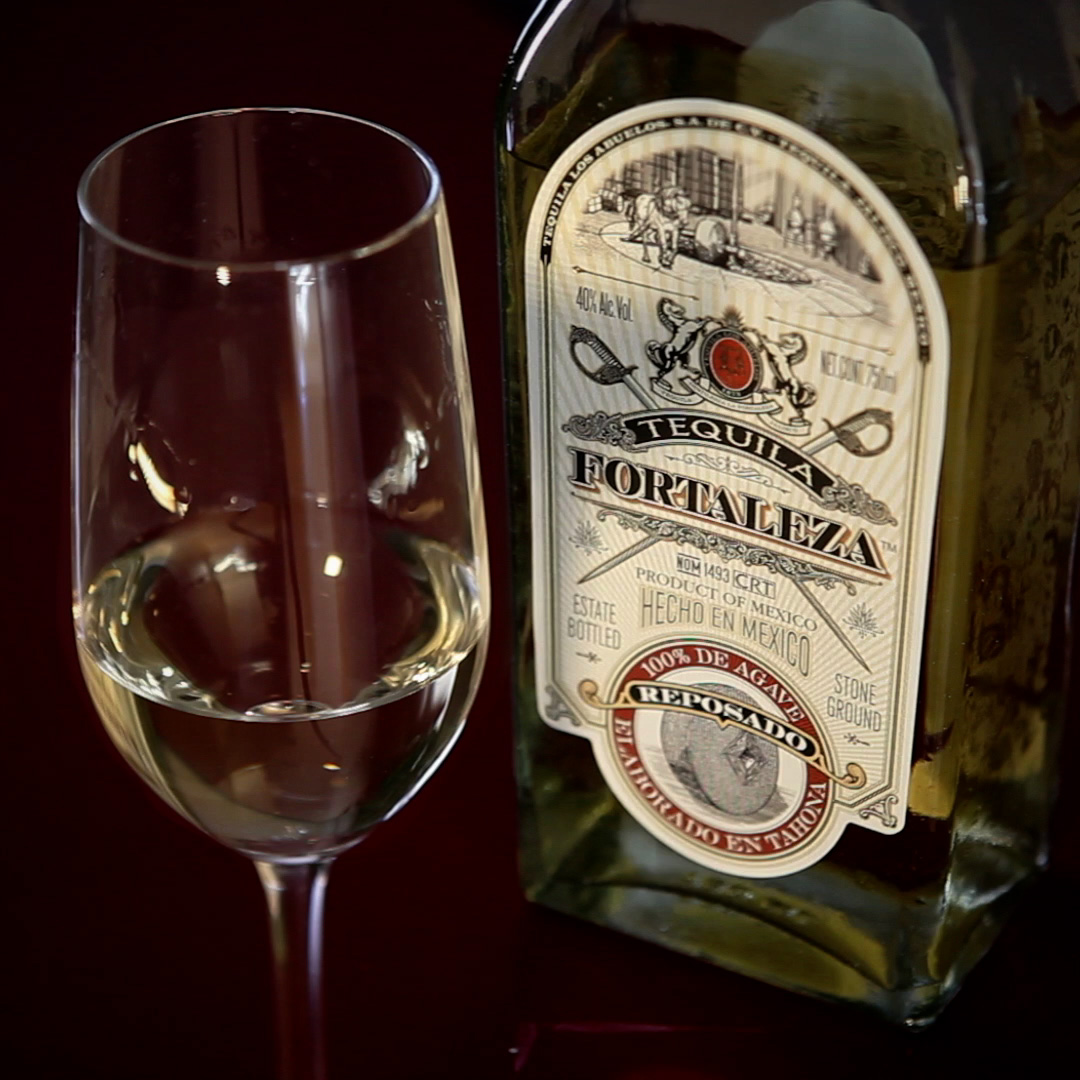
Another exceptional high quality and interesting video, from Grover and Taste Tequila. I am happy to say I am not surprised with these results and I’m honored to be spreading the word against diffuser use as well. Great work Grover- Long Island Lou Tequila.
Great job. This is affirming what hundreds of years of tradition has taught us and what we already attempt to educate the public to. Taco Bell isn’t authentic Mexican food either.
Grover,
Thank you for an excellent presentation illuminating the differences between the above methods. I know it’s easiest in a simple explanation of the tequila process to refer to agave as a plant where ‘Starch’ needs to be converted to sugar but It is not the case. One of the unique properties of Agavaceae is that it is unlike any grain where this is true. Here is an explanation from my training manual:
“Whereas we once considered an agave plant to be a starch, it is not; it is inulin, which are long chains of fructans. (Sucrose) Yeast will not activate with sucrose. Agave must be processed with heat and steam, whether it’s for tequila or mezcal or any other agave based spirit. (insert note re article above: the exception is with the diffusor process where the sucrose is broken down through the use of Hydrochloric acid, etc…as you describe above)
No regulation defines how the plant must be “cooked”, however, you have to use water in one form or another to convert the complex sugar (Sucrose) in the plant to alcohol. Steam is the obvious choice. Hydrolyzing or Hydrolysis (use of water in the cooking process) breaks the 12-carbon molecule sucrose sugar into 6-carbon molecules of glucose and fructose. Technically, there is an oxygen molecule that bridges the glucose/fructose into sucrose. The water (H2O) molecule breaks the complex molecule in half when it comes into contact with the Oxygen molecule that holds the two simple sugars together. These simple sugars (glucose and fructose) can then be digested by yeast to produce alcohol in the fermentation process.”
Inulin in and of itself rewards agave based spirits with many unique characteristics and is another conversation all together. Regardless, thank you for the well presented article and video.
One of the other rarely talked about reasons for the development and use of diffusor technology was for producers to gain access into the Asian markets. Until recently the Chinese and other countries in Asia had much stricter methanol regulations in place. Because methanol is created in greater amounts via the release pectin from the wood fibers in the agave plant during cooking the only options available was to sell Mixtos in Asia. Given that Mixtos only needed to be 51% agave based they could use low methanol neutral spirits for the other 49% and come in under the 2 parts per million. Traditional methods make it virtually impossible to achieve such low levels. The diffusor was an answer to this problem as the absence of cooking contained the pectin and hence the creation of methanol. Now a moot point as the regulations in Asia have come into line with the US and EU levels of 3 parts.
Wow, thank you for taking the time to provide this background. MUCH APPRECIATED!!!
Great article – thank you for the education.
Loved this detail Grover – thank you for the clear concise descriptions. Jimmy Yeager, thank you for your reply.
Very interesting, I was oblivious to the existence of diffusers…now that I know, I will continue to sing the praises of Forteleza and other old school producers.
Grover, as an aside, I think I was one of the early adopters of the app on Android & it didn’t really work for me. Your Q1/2017 email reminded me to try it again & I’m happy to say I love it…well done!
Thanks, Al! Just wait until you see the new Android version. If you want to be a beta tester, please let me know!
Sure, I’d be interested in that…let me know what I need to do!
Grover – As usual, you have made a solid choice for this blind taste testing trial. I have often heard how diffusers are used as an improvement and/or as a means of increasing the “efficiency” of the tequila manufacturing process. The results of your blind taste testing underscores the fact that diffusers are not used to improve the product, nor to in any way advantage the consumer/aficionado, but rather for the sole purpose of: 1) profit, 2) Profit, and foremost 3) PROFIT . . .
Thanks for a great test, results and report.
Hi, i’m curious about 2 things on this experiment.
1. Why were those 2 diffuser tequilas chosen over other diffuser ones that taste a lot better?
2. Was the panel comformed by tequila aficionados – more or less seasoned-, casual drinkers or non tequila drinkers?
Tks
They were chosen because, 1) people generally consider these to be the best diffuser products available, 2) they are made in the town of tequila like all of the other samples, and 3) they are fair representations of what the diffuser produces.
Yes, all participants are experienced tequila drinkers who know what cooked agave smells and tastes like.
The point of the experiment was to test if experienced tequila drinkers could tell the difference. They could.
I am thankful for the hard work and passion put into this app. I appreciate this article but have reservations with some opinions. In my personal opinion the “panel” is made up of individuals who prefer traditional flavor only. Little room for experimentation, growth in the art of tequila. It’s also my opinion that the “panel” does not like any tequila natural or not that is on the sweet side. While I try to avoid diffused products I don’t want to assume all are bad. I want there to be room for some experimentation and fresh ideas.
It almost feels political how the panel presents additives. I don’t want my tequila heavily flavored with additives. But I do understand why the Mexican government has decided that up to 1% could be added. This could be the very slight use of additives to keep color consistent between batches, viscosity between batches, or maybe just a touch of natural cane sugar to just make all the batches match. I personally don’t feel that the panel leaves room for the possibility of a distillery to use very conservative mild amounts of additives to keep consistency and quality at a high-level.
I don’t agree with tequila brands that strip all natural flavor through diffusing and then use a maximum amount of additives to create a flavor profile. But there is a difference between that practice and somebody responsibly adding a few simple additives just to keep batches consistent. I wish the panel would reconsider how they present the use of additives. I don’t like good quality passionate distillers blacklisted and labeled negatively just because they want to keep their product at a high quality level. I’ve been drinking tequila for well over 10 years. I am no expert. But being told that I’m a beginner simply because I do like tequilas on a sweet side, because I personally do favor the barrel flavor doesn’t mean I’m a beginner. I generally do not like tequilas that have a strong grass flavor. If that was simply all I had available tequila would have never become a staple in my home and I would’ve never enjoyed the artistry of making tequila.
Estimado hay algo en el proceso MUY importante que te falta señalar para tu articulo y me sorprende que nadie lo haya mencionado y es el proceso de DESTILACION, ya sea por alambiques de cobre o inoxidables, columna de destilacion etc. Antes de estar haciendo mala fama del difusor que simplemente extrae jugos, que por cierto no es por medio de presion como lo mencionas, es por medio de dilusion (riego de agua), y no lleva ningun quimico, se tendria que hacer un analisis mas completo. Saludos